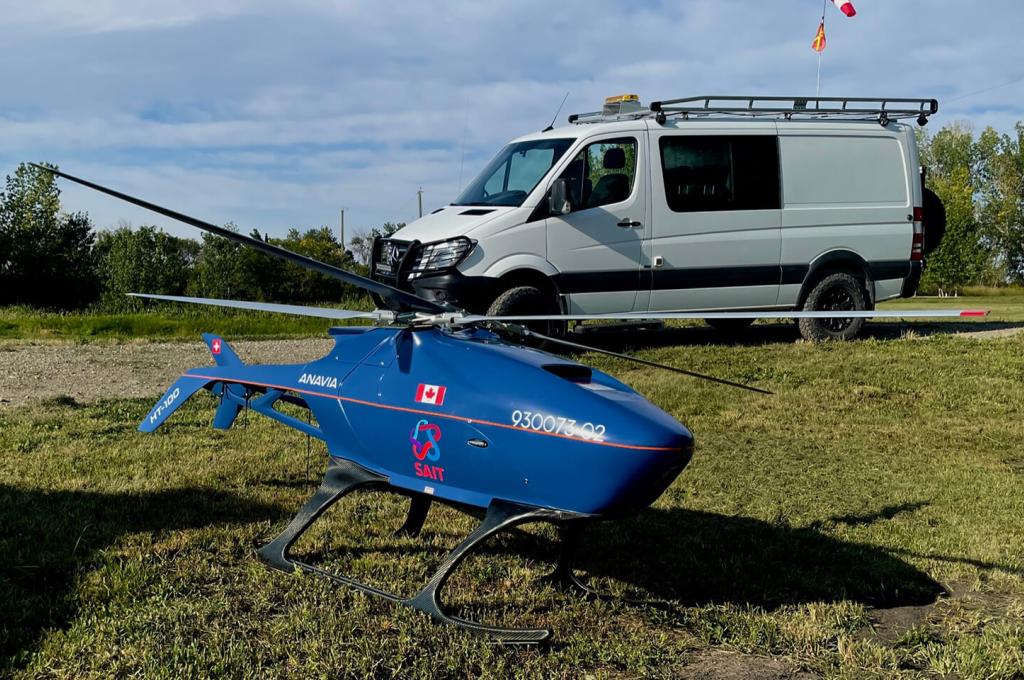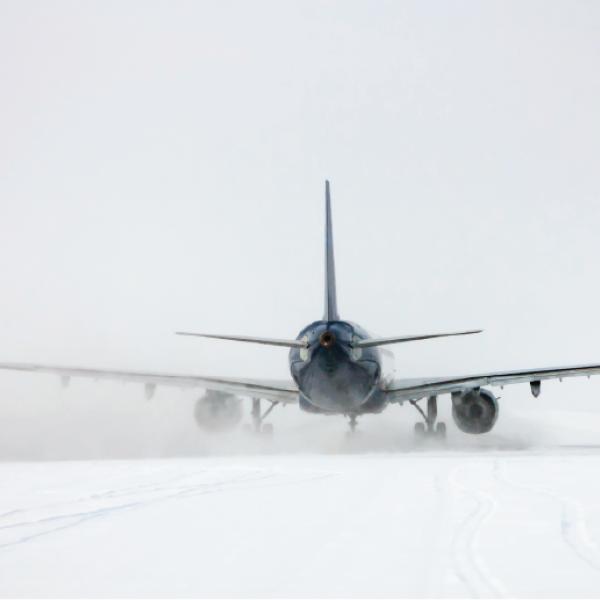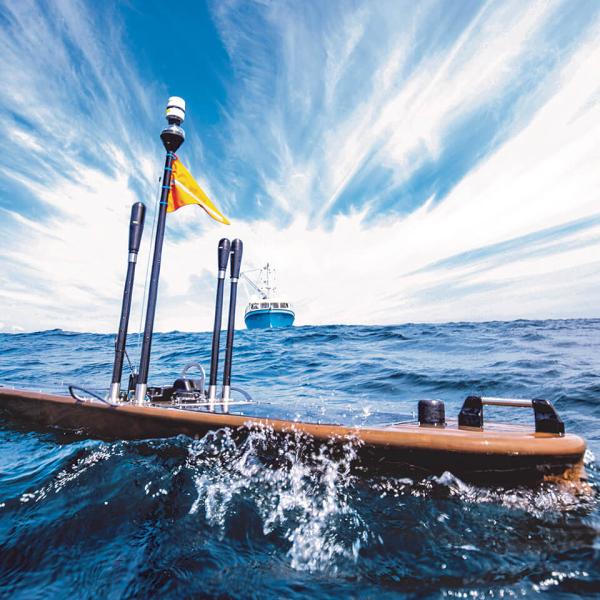Inspecting electrical transmission lines from the air is a dangerous business. Every year in Canada, a few fatalities occur when helicopters sent out on aerial inspections accidentally strike hydro wires.
A safer alternative may lie in remotely piloted aircraft systems, commonly known as drones. Researchers at the Centre for Innovation and Research in Unmanned Systems (CIRUS) at the Southern Alberta Institute of Technology in Calgary are looking at the potential of a heavy class of drones, capable of flying beyond the visual line of sight, to conduct aerial inspections of power lines and other utility corridors, such as oil and gas pipelines.
With new funding from the CFI’s College Fund, CIRUS will purchase two helicopter drones from Swiss manufacturer Anavia and an ultra-high-resolution camera system that can be mounted on the drones for carrying out long-range monitoring. Resembling a small helicopter, the Anavia drone measures about three metres in length, weighs about 100 kilograms and can carry up to 65 kilograms of cargo. It can fly for four hours on a single tank of fuel and cover a distance of about 250 kilometres.
“These helicopters are capable of flying quite a long way and covering a lot of ground, compared with conventional drones,ʺ says Ken Whitehead, scientific lead and administrator of CIRUS. “They are actually helping to position drones to move into markets that have traditionally been dominated by manned aviation. We are facilitating the development of a new area of this industry.ʺ
Whitehead and his team see a bright future for drones that fly beyond the visual line of sight. They are working with various industrial partners on long-range, cost-effective applications, including surveying for resource exploration and cargo delivery to remote rural communities and mining sites. CIRUS is also working with First Nations communities near Calgary on transporting medical supplies by drone and with the University of Calgary’s Cumming School of Medicine, looking at ways drones can assist in telemedicine.





